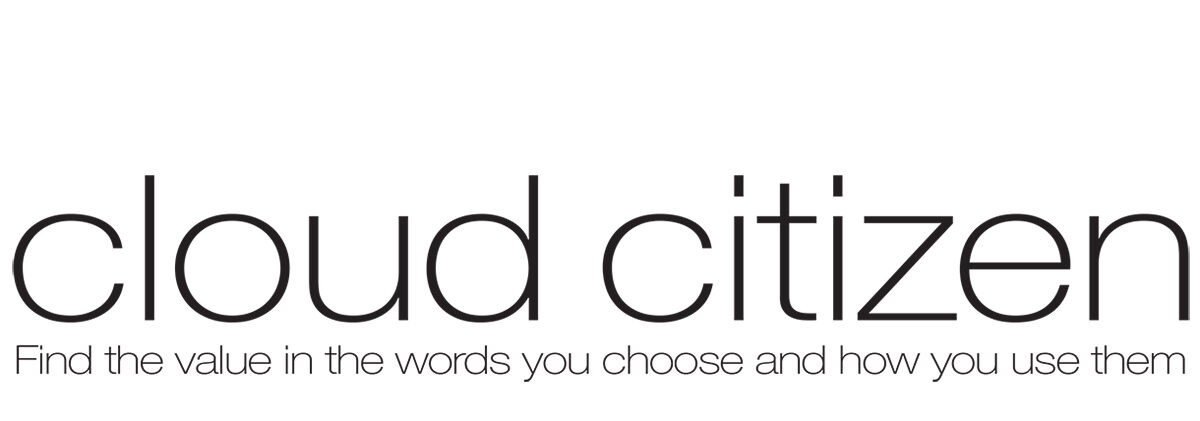
Good publishing process typically consists of someone conceiving an idea, deciding what is important to the reader and planning the ways in which that idea might best be explained.
In any medium, this process usually involves an “editor” (a decision maker) in commissioning a story.
Specifying what needs to be included in any document then prioritises what gets written, how this relates to other documentation and how and when the work is to be completed, and by whom.
The story brief might also specify who at subsequent production stages will verify its accuracy and completeness, especially when the material is highly technical.
A system of labelling might also indicate a document’s degree of completeness (draft, complete, on hold, and so on), and another might suggest future dates at which content might be reviewed again for its accuracy and currency if it is to remain on the system.
The consequence is that if you want order, you need someone to play the role of commissioning editor to determine what is to be produced, and what is to be culled.
And you certainly cannot assume that someone will document something you haven’t asked for.
At the bank, the process fell over at the first step because at the earliest stages of the project no shape had been put around the final documentation expected.
…
As in the sidebar to the right, the menu of pieces in this series runs as follows:
Start here to build new, smarter AI-driven business productivity
How expectations held of even the best social workplace software can fall short
Challenges of mapping organisational knowledge for AI
What makes managing workplace social content different
This basic AI challenge is present in every organisation
In capturing workplace knowledge, the devil is always in the detail
The lost opportunity of poor documentation
You need a process for commissioning new material
Questions to ask when trying to create the documentation that can deliver superior AI
